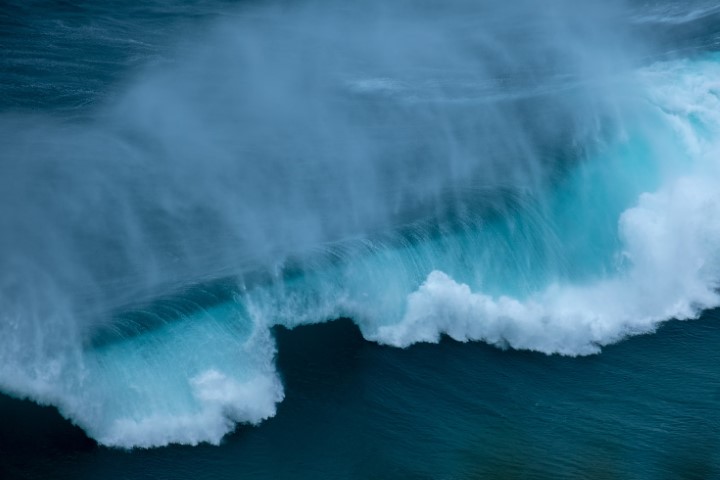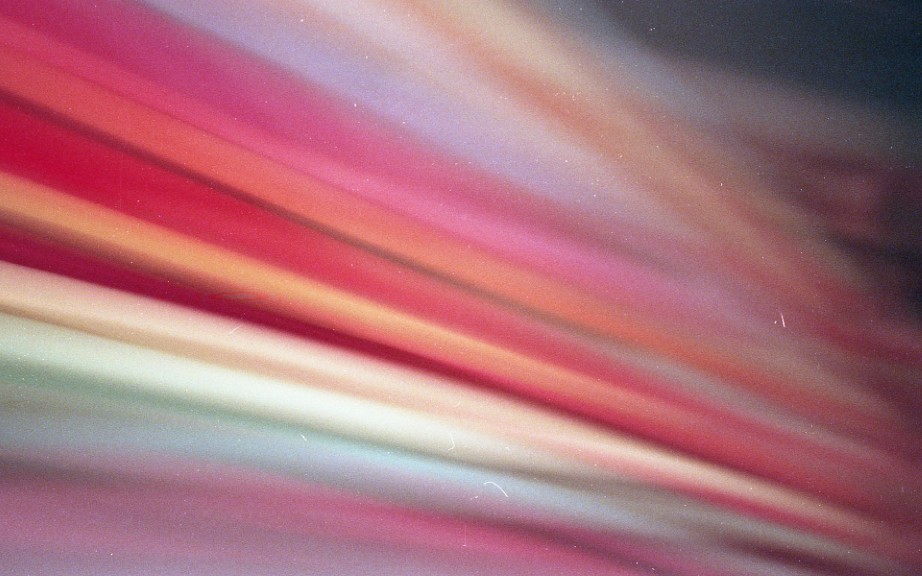Macro photography is a fascinating and rewarding genre that allows photographers to capture stunning details of small subjects that are invisible to the naked eye. From intricate patterns on butterfly wings to the delicate textures of flower petals, macro photography enables us to see the world in a whole new way.
One of the key elements of macro photography is getting up close and personal with your subject. This often involves using a macro lens or extension tubes to increase the magnification of your camera, allowing you to capture fine details with incredible sharpness. By getting close to your subject, you can reveal the hidden beauty that is often overlooked in our everyday surroundings.
A basic photography lesson for macro photography is to pay attention to your composition. When shooting small subjects up close, it’s important to consider the framing and placement of your subject within the frame. Look for interesting angles, shapes, and textures that can create visually compelling images. Experiment with different perspectives and compositions to find the most visually striking composition for your subject.
Another important aspect of macro photography is lighting. Since you are working with such small subjects, it’s essential to pay attention to the quality and direction of your light. Soft, diffused light is ideal for macro photography as it helps to reveal the finer details of your subject without harsh shadows. Consider using a reflector or diffuser to control the intensity and direction of the light for a more flattering result.
Depth of field is another crucial factor to consider when shooting macro photography. Since you are working with a very narrow depth of field, it’s important to choose the right aperture to ensure that your subject is in sharp focus. A wide aperture (such as f/2.8 or f/4) can help to create a beautiful bokeh effect, while a smaller aperture (such as f/11 or f/16) can increase the depth of field and ensure that more of your subject is in focus.
When shooting macro photography, it’s also important to have a steady hand or use a tripod to ensure sharp images. Since you are working with such high magnifications, even the slightest movement can result in blurry images. Consider using a remote shutter release or the camera’s self-timer function to minimize camera shake and ensure sharp results.
In conclusion, macro photography is a fascinating genre that allows photographers to capture stunning details of small subjects up close. By following these basic photography lessons and tips, you can create beautiful and compelling macro images that reveal the hidden beauty of the world around us. Happy shooting!












